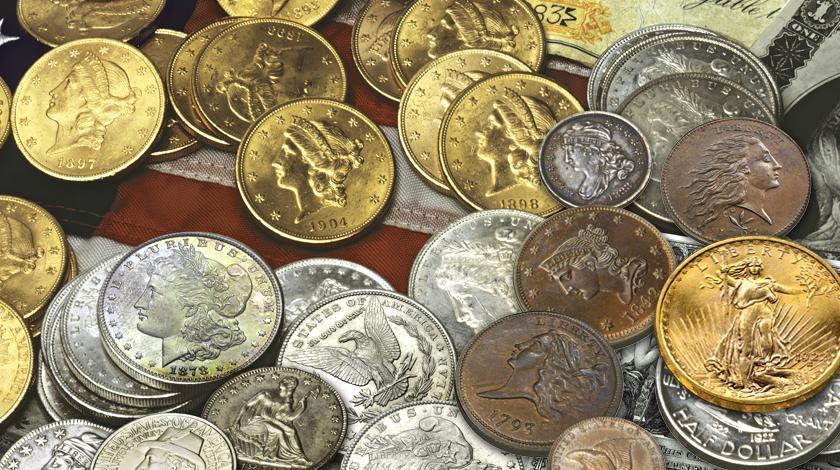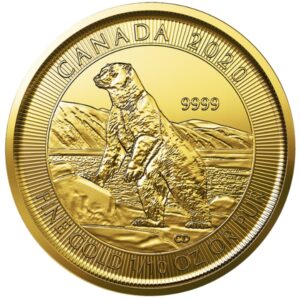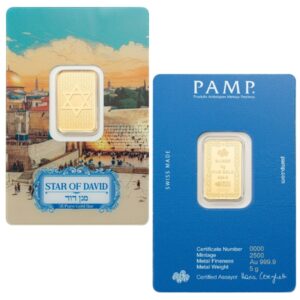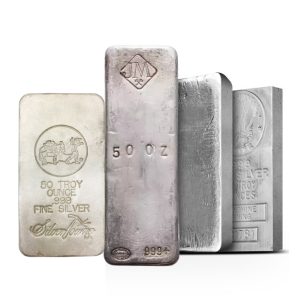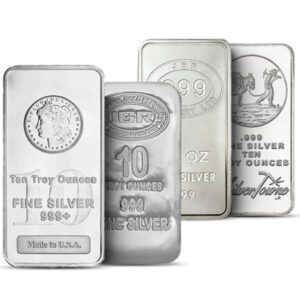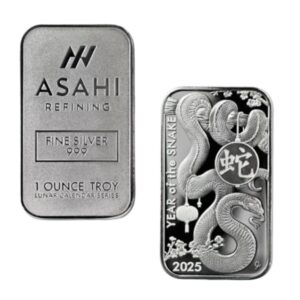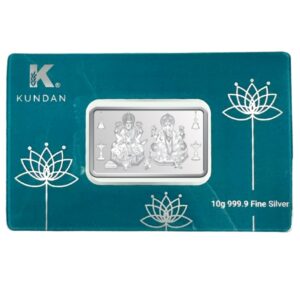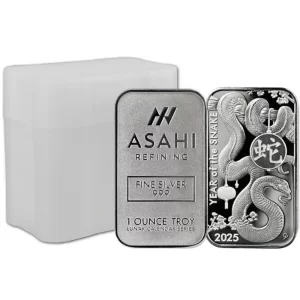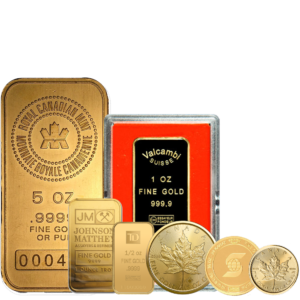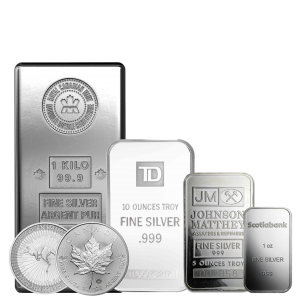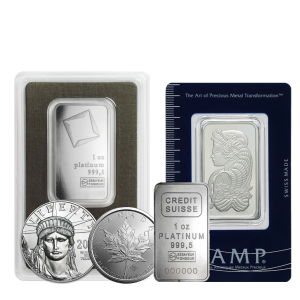It seems that with each passing week the news that needs to be covered or at the very least should be covered appears to be never ending as the geopolitical and financial landscapes of our world continue to be reworked right before our eyes. This week, we are going to dive into the dynamic world of precious metals, focusing on the continued silver price divergence between the Shanghai Gold Exchange (SGE) and Western markets, alongside the potential economic ripple effects of escalating geopolitical tensions in the Middle East. As of June 23, 2025, silver prices on the SGE have soared past $39 USD per ounce, while Western markets, including the London Bullion Market Association (LBMA) and COMEX, hover around $36 USD per ounce. This $3 or 8.33% arbitrage gap, combined with rising Iran-Israel tensions and the specter of U.S. involvement, sets the stage for significant market movements, with implications for inflation of everyday necessities, precious metals, and more.
The Silver Arbitrage Opportunity
The $3 per ounce price differential between the SGE and Western markets signals a rare arbitrage opportunity. Historically, the SGE has traded at a premium to Western markets due to robust demand in China, driven by its massive manufacturing sector, which relies on silver for electronics, solar panels, and other industrial applications. A post on X dated June 7, 2024, highlighted a similar $5 or 14.71% arbitrage gap, noting that physical silver inventories in LBMA and COMEX vaults were down 66% and 46% year-to-date, respectively, suggesting a tightening supply that could amplify price disparities. As you can see, since the start of June, the silver price in Shanghai has continued to pull Western prices higher and closing the price gap from around $5 to $3. This gap incentivizes traders to buy silver in Western markets and sell it in Shanghai, potentially pulling Western prices higher as demand for physical silver increases.
This arbitrage dynamic is not new but is particularly pronounced now due to China’s industrial demand, investor sentiment, and consistent moves toward de-dollarization of their central bank’s assets. The SGE’s premium reflects strong local appetite in the East, while Western prices, represented by the XAG/USD ticker symbol, are impacted by a United States Dollar that has lost nearly 10% of its value this year as well as Federal Reserve Policies. If this trend continues, Western silver prices could rise to close the gap, and quick, especially if physical supply constraints persist, which at this point shows no signs of change. Investors should monitor the SGE premium closely, as it may signal broader bullish trends for silver globally and provide strong insights into where Western prices are going in the near future.
Geopolitical Tensions and Economic Fallout
The escalating conflict between Israel and Iran, now in its eighth day as of June 23, 2025, has heightened global uncertainty dramatically, driving safe-haven demand for precious metals. Israel’s airstrikes on Iranian nuclear facilities and Iran’s retaliatory missile strikes have raised fears of a wider conflict, that now involves the United States after they got involved over the weekend, bombing Iran’s nuclear sites.
Should the U.S. escalate the conflict by getting involved, the economic implications could be profound with other countries around the world being forced to pick sides and potentially thrusting the world into WWIII. Historically, wars have prompted governments to increase spending in a big way, often funded by monetary expansion or “money printing.” The U.S. national debt, already exceeding a staggering $37 trillion, would balloon further, intensifying concerns about fiscal sustainability and heightening the desire for sound assets like silver and gold. Bank of America analysts note that central banks are increasingly diversifying away from U.S. Treasuries toward gold, with holdings now at 18% of U.S. public debt, up from 13% a decade ago. This shift could weaken the U.S. dollar, a key factor in boosting gold and silver prices, as both metals are priced in USDs.
Inflation and Precious Metals
Money printing to fund military efforts could reignite inflationary pressures. The Federal Reserve’s recent decision to hold interest rates steady at 4.25%-4.50%, coupled with projections of only two rate cuts by the end of 2025, reflects caution amid tariff-related inflation risks and geopolitical uncertainty. Quantitative easing (QE), a tool used during the 2008 financial crisis that sent gold and silver skyward in price, could resurface as the option of last resort, flooding markets with liquidity and devaluing the U.S. Dollar even further. Gold and silver, seen as the best hedges against inflation, typically thrive in such environments. Gold prices have already surged past $3,500 USD per ounce, now sitting around $3400 USD per ounce, with analysts forecasting a climb to $4,000 by year’s end, while silver’s industrial demand and lower price point make it a compelling investment. Of course, it is important for you to do your own research to ensure you make the best financial decision for you.
Rising inflation would also impact everyday necessities. Higher oil prices, driven by Middle East tensions, could push Brent crude above $100 per barrel if the Strait of Hormuz faces blockades, something Iran has already warned is possible, increasing production costs for food, clothing, and other everyday items. These costs would likely be passed on to consumers as changes in cost are often bore by the consumer, squeezing household budgets and reinforcing the appeal of precious metals as stores of value.
Looking Ahead
The silver price gap between the SGE and Western markets presents a tactical opportunity for investors, with arbitrage potentially driving Western prices toward $39 USD per ounce. Concurrently, the Israel-Iran conflict, coupled with U.S. involvement, heightens the risk of monetary expansion and inflation, bolstering the case for gold and silver. While geopolitical tensions may ebb and flow, their current intensity, combined with structural economic challenges like U.S. deficits, supports a bullish outlook for precious metals. Investors should remain vigilant, tracking SGE premiums, Federal Reserve policies, and Middle East developments to navigate this volatile landscape.
 Hi,
Hi,

